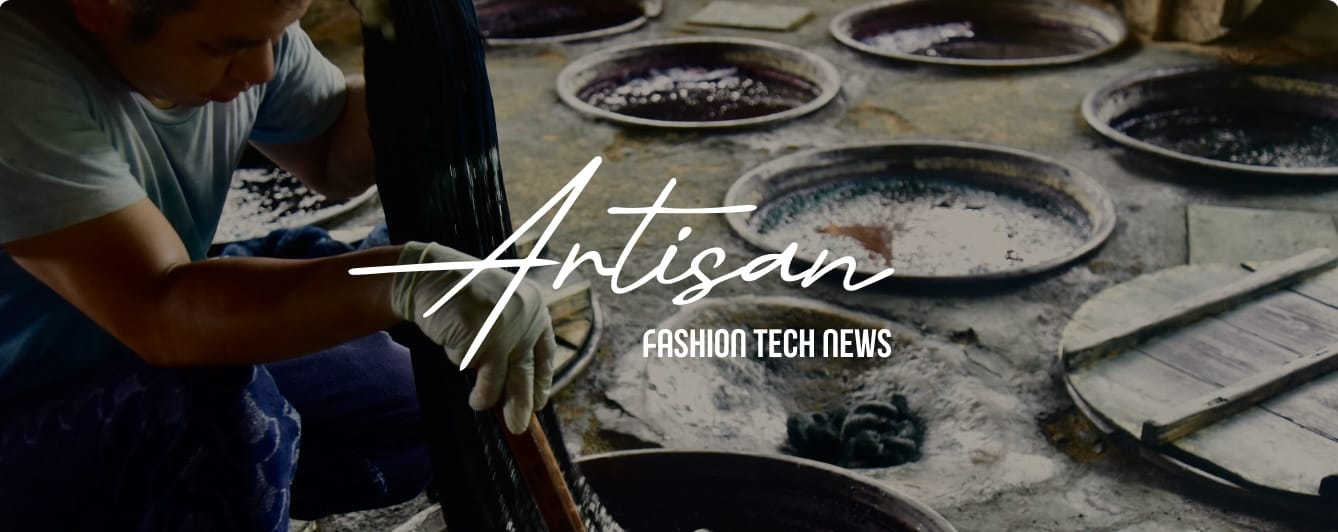12.25THU
The Essence of "Kawaii" from a Psychological Perspective: Hiroshi Nittono

Our world is brimming with "kawaii" things. It's a term used not just for characters and fashion, but also often for people. But how well do we understand "kawaii"?
The feature "The Future of Kawaii" explores the different perspectives and trajectories of "kawaii" through the lenses of psychology, fashion history, idols, and robots from various researchers and stakeholders.
In the first edition, we introduce Hiroshi Nittono, a professor at Osaka University. As a leading researcher in experimental psychology, he has been studying the concept of "kawaii" for over 15 years.
We delve into understanding what constitutes "kawaii," the various types of "kawaii," and the forefront of "kawaii" research.
PROFILE

Hiroshi Nittono
Professor, Graduate School of Human Sciences, Osaka University
Born in 1971, Kanagawa Prefecture. After serving as an associate professor at the Graduate School of Integrated Arts and Sciences, Hiroshima University, he assumed his current position in 2016. His areas of expertise are experimental psychology and psychophysiology. He authored "「かわいい」のちから:実験で探るその心理" (2019, Kagaku-Dojin Publishing)
What is "Kawaii"?
Firstly, what does it mean to "research kawaii"?
We frequently use the word "kawaii" daily and are surrounded by "kawaii" things. But what exactly do we perceive as "kawaii"? What emotions do we feel and actions do we take when we see "kawaii" things? These themes are researched through empirical psychological methods. This research involves surveys, interviews, and various experiments to gather data on people's reactions.This article is for members only.
Please register to read the rest of the article.
What you can do with a membership
- Read members-only articles
and use text-to-speech. - Unlimited article favourites
and browsing history. - Attend members-only events.
- Get the latest information
with our email newsletter.
CONCEPT VIDEO
"fashion tech news" Unveils New Logo & Concept Video
TOP ARTICLES
RELATED ARTICLES
CONCEPT VIDEO
"fashion tech news" Unveils New Logo & Concept Video
CONTACT
If you have any questions or enquiries, please enter your details in the form below.








.jpg?w=400&fm=webp)









.png?w=400&fm=webp)



